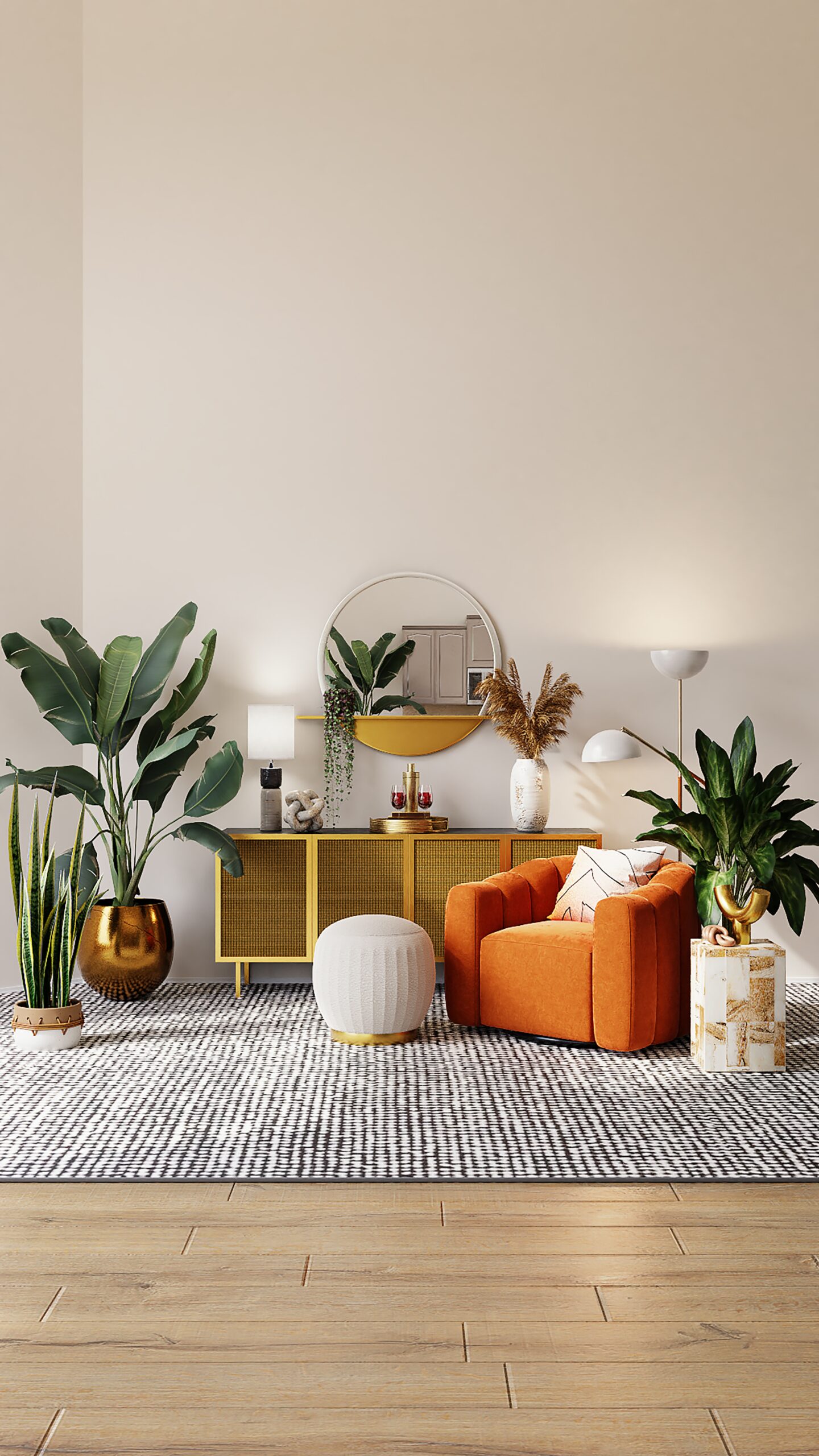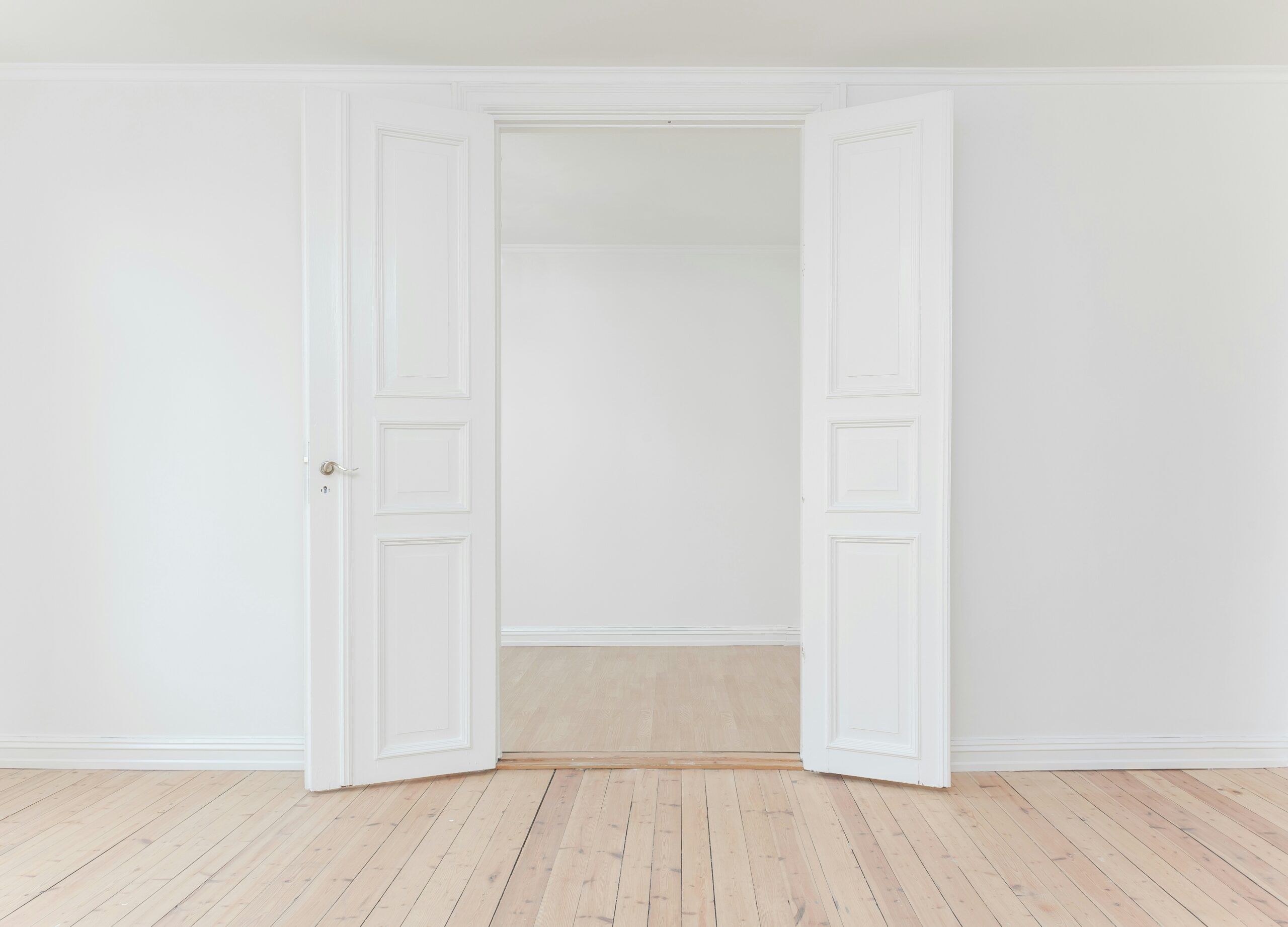Introduction
Interior design is a profession that involves enhancing the functionality, aesthetics, and overall appeal of a space. It encompasses a wide range of skills and expertise, including spatial planning, color theory, furniture selection, and more. With the increasing emphasis on creating visually pleasing and functional spaces, many people are curious about the demand for interior design services. In this blog post, we will explore the current demand for interior design and its future prospects.
The Growing Importance of Interior Design
In recent years, there has been a significant shift in people’s attitudes towards their living and working spaces. With the rise of social media platforms like Instagram and Pinterest, where visually appealing interiors are showcased, there is a growing desire among individuals to create beautiful and personalized spaces. This has led to an increased demand for interior design services.
Furthermore, the COVID-19 pandemic has forced many people to spend more time at home, leading to a greater focus on creating comfortable and functional living environments. As a result, individuals are seeking the expertise of interior designers to help them optimize their spaces and make them more suitable for their needs.
The Role of Interior Design in Various Industries
Interior design is not limited to residential spaces alone. It plays a crucial role in various industries, including hospitality, retail, and corporate sectors. In the hospitality industry, for example, hotels and restaurants rely on interior designers to create inviting and visually appealing spaces that attract guests.
Retail businesses understand the importance of a well-designed store layout and visual merchandising to enhance the customer experience and encourage sales. Interior designers are often hired to create enticing retail spaces that reflect the brand’s identity and attract customers.
In the corporate world, interior design is essential for creating productive and inspiring work environments. Many companies invest in office redesigns to improve employee satisfaction, productivity, and overall well-being. Interior designers are instrumental in transforming workspaces into functional and aesthetically pleasing areas that promote collaboration and creativity.
The Future of Interior Design
As we move forward, the demand for interior design is expected to continue growing. The ever-evolving trends in design, coupled with the need for sustainable and eco-friendly spaces, will drive the demand for interior design services.
Additionally, as technology advances, interior designers will need to adapt and incorporate new tools and software into their workflows. Virtual reality and augmented reality are already being used to create virtual walkthroughs of spaces, allowing clients to visualize the final result before any construction or renovation takes place.
Furthermore, the concept of wellness in design is gaining traction. People are increasingly interested in creating spaces that promote mental and physical well-being. Interior designers who can incorporate biophilic design principles, natural materials, and sustainable practices into their projects will be in high demand.
Conclusion
Interior design is indeed in high demand and is expected to continue growing in the future. The increasing importance of creating visually pleasing and functional spaces, coupled with the impact of the COVID-19 pandemic, has contributed to the rising demand for interior design services. Whether it’s residential, hospitality, retail, or corporate spaces, interior designers play a crucial role in transforming spaces into inviting and inspiring environments. With the evolving trends and the focus on sustainability and wellness, the demand for interior design services is poised to thrive in the years to come.




